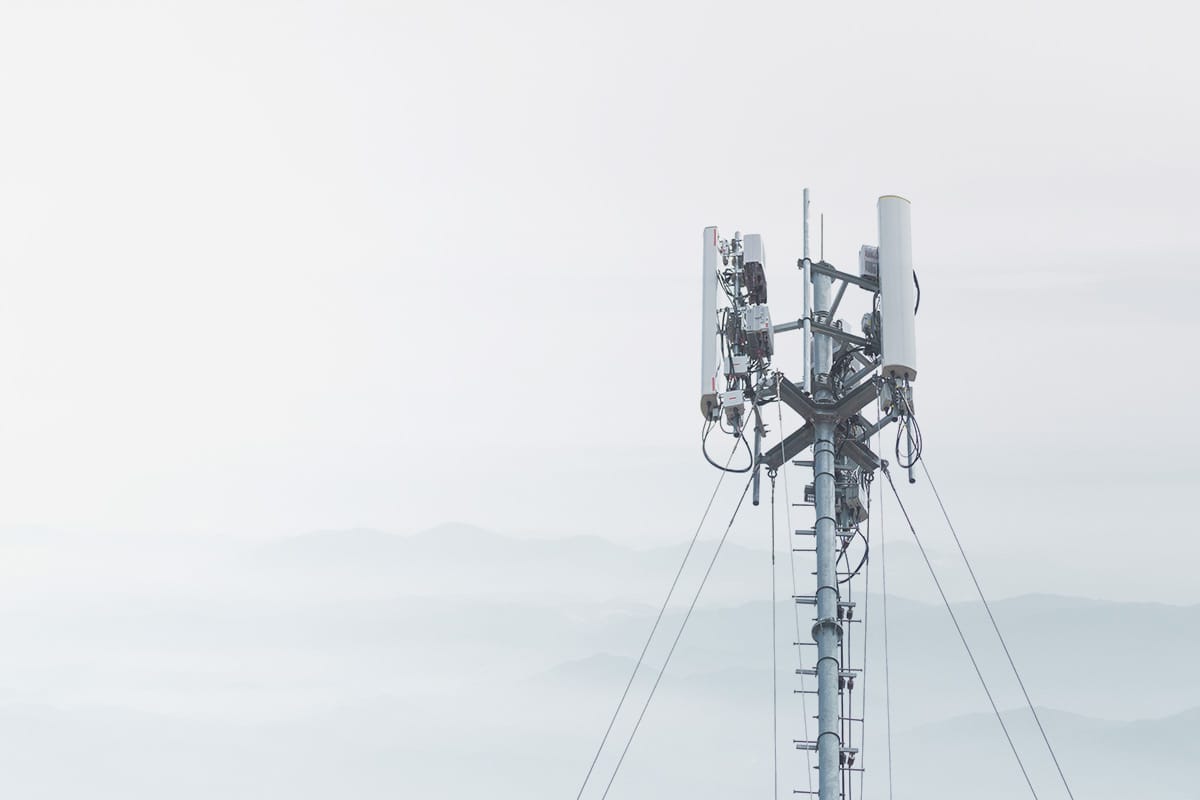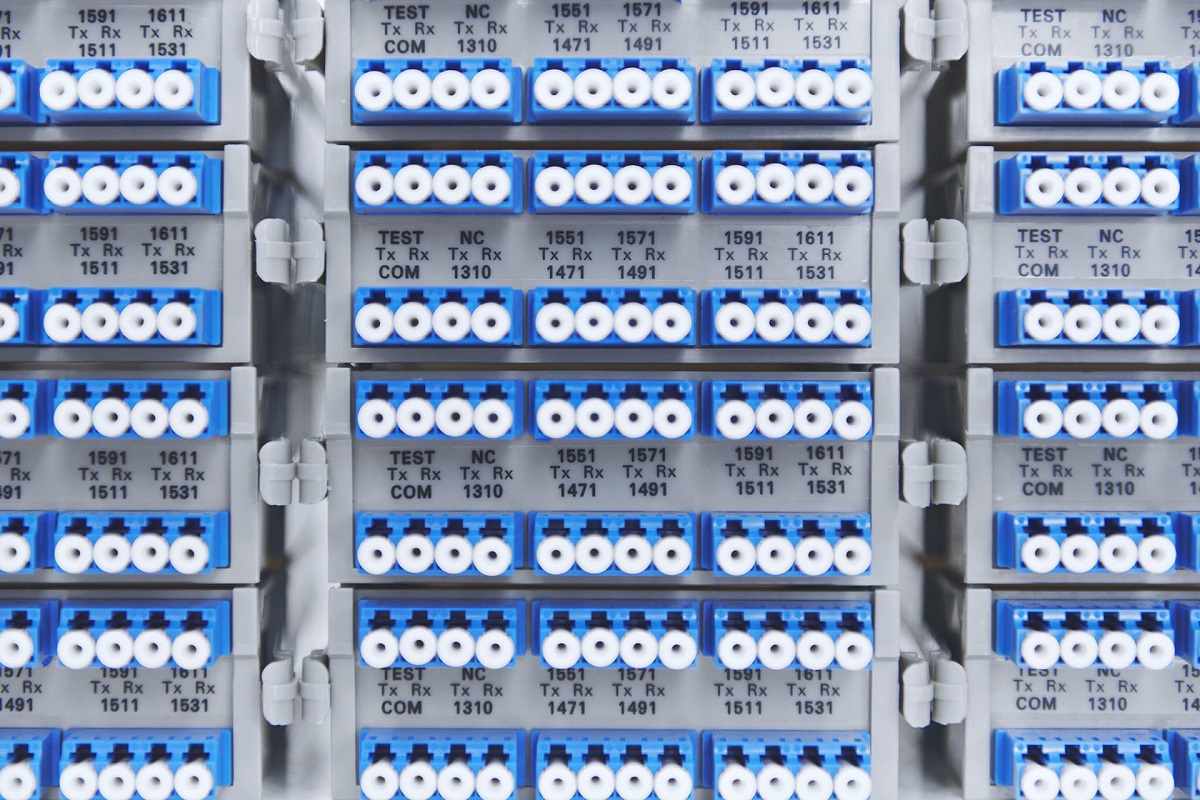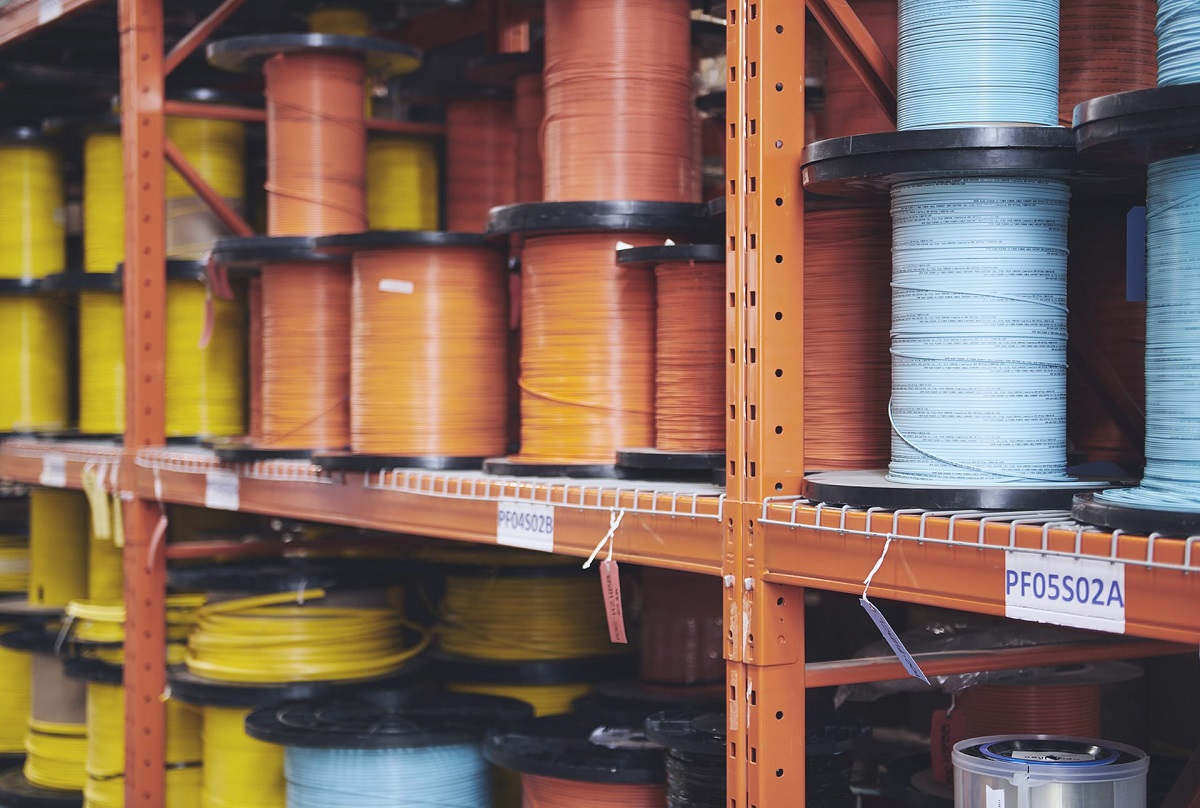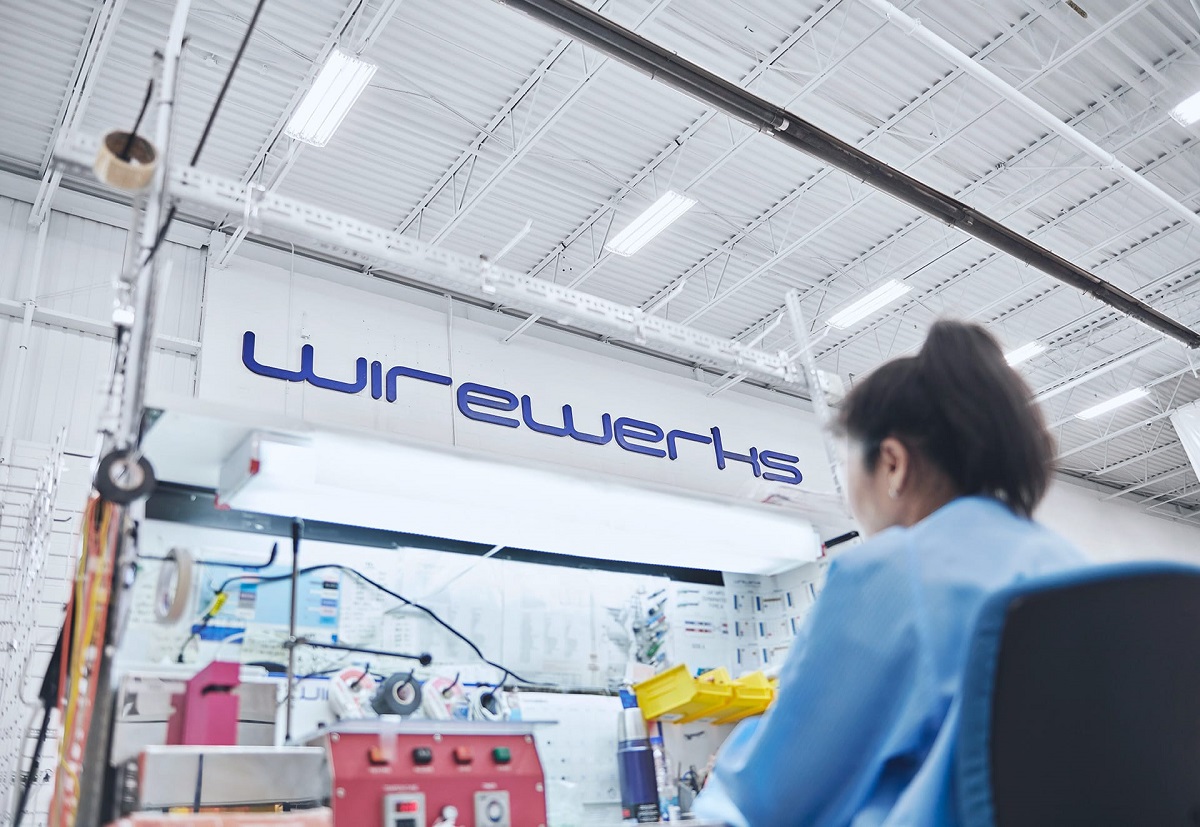National Operator gets 5G-ready with Distributed Small Cell (DSC) rollout

Providing 5G network services to in-building wireless users
There is no doubt that 5G — 5th Generation — cellular mobile networks are ‘all the buzz’ in the industry today.
Key applications driving 5G networks include Enhanced Mobile Broadband (eMBB), Ultra Reliable Low Latency Communications (URLLC), and Massive Machine Type Communications (mMTC). 5G networks will provide higher data rates, increased system capacity, reduced latency, massive device connectivity, energy savings and cost reductions versus current 4G-LTE/ WiMax networks.
The first phase of 5G specifications (Release-15) will be completed by March 2019 to facilitate early commercial deployment, with the second phase (Release-16) expected by March 2020 to form the basis of the International Telecommunication Union’s (ITU) IMT-2020 specification for 5G networks.
“Studies indicate that 70%+ of all mobile data usage is generated by users within buildings.”
These buildings themselves, often large structures like office towers, industrial factories and large sports/entertainment venues may present roadblocks to providing 5G network services to in-building wireless (IBW) users from existing cell tower networks. The solution is to bring smaller antenna systems closer to user concentrations and then transport aggregated traffic to and from the towers.
Leading network operators like TELUS are preparing for the arrival of 5G by rolling out IBW antenna architectures such as Distributed Antenna Systems (DAS), Distributed Radio Systems (DRS) and Distributed Small Cells (DSC) for in-building wireless coverage and capacity.
Each type of IBW antenna system has its own set of application specific pros and cons, and network operators will likely deploy a combination of these systems throughout their 5G networks. In this Case Study, we will examine how TELUS is rolling out 5G-ready DSC systems operating over high-speed Wirewerks structured cabling systems at customer locations throughout their territory.

Customer's challenge
Although the ITU IMT-2020 specification for 5G networks is not yet published, progressive network operators are getting ahead of the curve by deploying 5G-ready technologies and systems that will integrate seamlessly into their national 5G Network in the future.
TELUS’s 5G strategy includes the systematic rollout of 5G-ready in-building wireless systems to key customers and properties across Canada. At the Northern Alberta Institute of Technology (NAIT), TELUS deployed a Distributed Small Cell (DSC) system operating over a Wirewerks high-speed structuring cabling system to provide 5G-ready IBW capacity and coverage in each building of the NAIT campus.
A DSC system was more suitable than alternative DAS and DRS systems for the NAIT application. Both DAS and DRS require complex RF engineering, are time and labour intensive, require more space, are typically more expensive, and require somewhat complex fiber and/or coax networking as compared to DSC systems.
Cabling solution for the DSCs
To implement their preferred DSC system, TELUS needed a cabling solution for the DSCs that provides the following:
- 10Gb/s transmission speeds
- Standards-based cabling to support open architecture networks, interoperability, technology evolution and migration, and broad application support
- Verified support for CPRI (Common Public Radio Interface), a de facto digitized serial interface quasi-standard (developed by cooperating equipment vendors) that establishes a communications and control path between Radio Equipment Controller (REC) components (i.e. BBUs) and the Radio Equipment (RE) components (i.e. RRHs) in the DSC
- Solution for powering RRHs (Remote Radio Heads) and other DSC components via the network cabling, thereby eliminating the additional costs of separate electrical wiring and licensed electricians, and allowing complete installation and on-going support of the DSC system by network technicians
- Simple cabling network design, installation procedures, and on-going maintenance/support
- Cabling system design, installation and maintenance training for TELUS engineers and technicians
- Attractive Total Cost of Ownership (TCO) and ROI calculations

The Wirewerk solution
Somewhat curiously, the starting point for TELUS’s adoption of Wirewerks’ cabling solutions for their 5G-ready DSC sites was not the result of a planned engineering meeting. Instead, the starting point came when Wirewerks sales engineers, with their expertise in LAN structured cabling systems, randomly crossed paths with TELUS cellular network engineers with their expertise in wireless networks.
Typically these experts each live in their respective cellular and LAN technology domains with little interaction or exchange of expertise. The result of that random encounter was the realization that IBW systems including DAS, DRS and especially DSC could be networked with standards-based LAN structured cabling systems, not just the traditional fiber and coax used in the past. The TELUS engineers recognized the cost and technology advantages of the structured cabling approach, resulting in a comprehensive plan for use of Wirewerks structured cabling systems in TELUS’s 5G-ready DSC technology rollout.
Wirewerks KEYWERKS™ System
In response to TELUS’s cabling requirements for their DSC system deployments, Wirewerks proposed an end-to-end Wirewerks KEYWERKS™ Category 6A copper structured cabling system.
This complete F/UTP structured cabling solution meets all TELUS’s requirements and delivers additional functionality, features and benefits including:
- 10Gb/s speeds, with superior noise immunity and error-performance
- Standards-based: Full compliance with ANSI/TIA-568-C.2 Category 6A Cabling, IEEE 10GBASE-T Ethernet, and IEEE 802.3bt PoE Type 4
- Verified support for CPRI (Common Public Radio Interface): Wirewerks tested and verified operation of the CPRI communications interface between LampSite™ DSC devices over the Wirewerks KEYWERKS™ Category 6A F/UTP cabling system
- Powering RRHs (Remote Radio Heads) and other DSC components via the network cabling is achieved with Wirewerks’ 70-Series F/UTP cables that provide full support for IEEE 802.3bt PoE Type 4 up to 100W/port for connected devices. As an additional benefit, the F/UTP design of the 70-Series cables includes a foil shield that allows for a smaller cable OD (versus U/UTP cables) and provides heat dissipation in PoE applications. A smaller cable OD with superior heat dissipation means more cables in smaller bundles without performance degradation due to higher temperatures within the cables/bundles in PoE applications
- Well known, standards-based structured cabling means simplified network design, installation, and on-going maintenance/support
- Design, installation, and maintenance courses were custom developed specifically for TELUS engineers and technicians by the Wirewerks Training Center (WTC), based on the WTC’s BICSIaccredited training curriculum
- The performance, quality, reliability and value features of the Wirewerks KEYWERKS™ Category 6A cabling solution combine to provide TELUS with attractive Total Cost of Ownership (TCO) and ROI calculations


